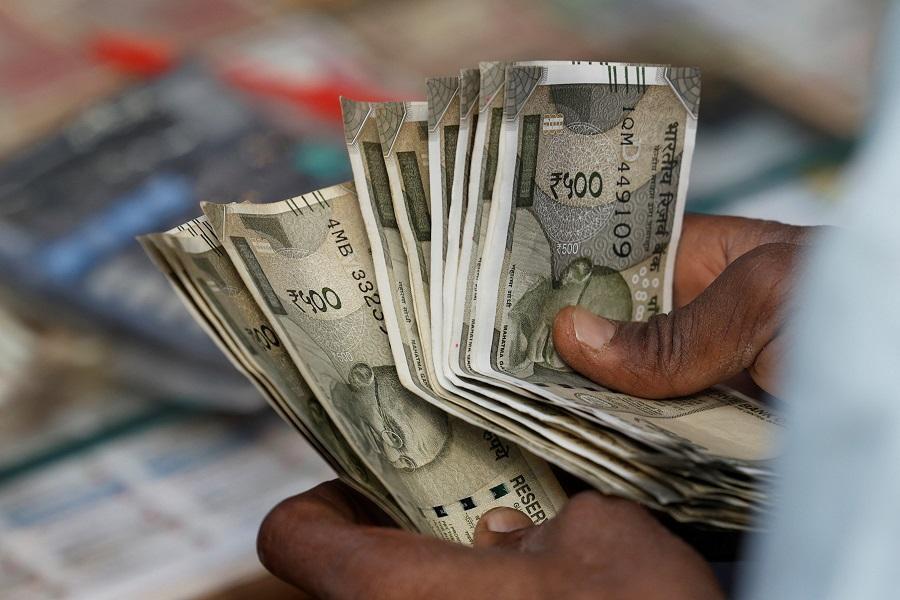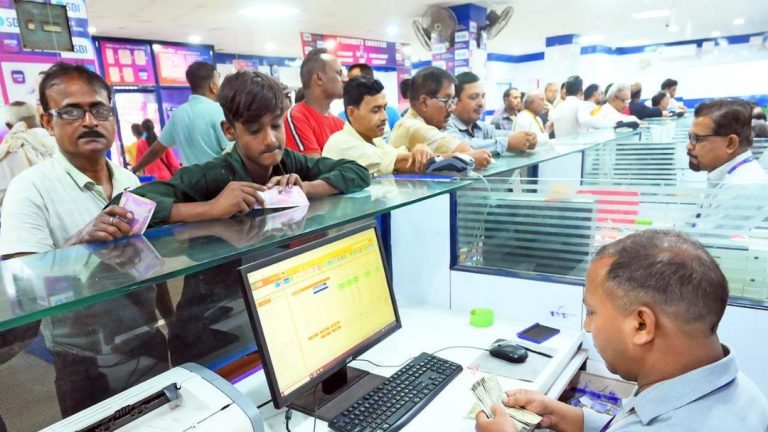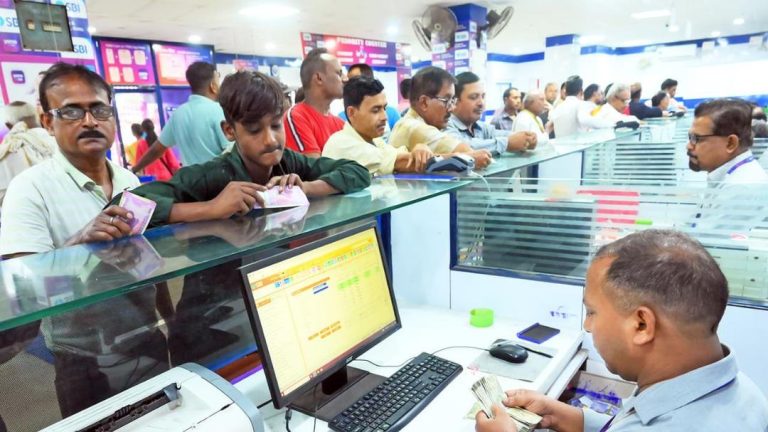
Rupee Set to Open Weaker as Trump Threatens 25% Tariff on Exports
The Indian rupee is likely to face a challenging day ahead as it is expected to open weaker on Thursday following a threat from U.S. President Trump to impose a 25% tariff on Indian exports. The development has sent shockwaves through the financial markets, causing the rupee to weaken significantly.
The rupee has been under pressure in recent weeks due to a combination of factors, including a widening current account deficit, high crude oil prices, and a strong dollar. However, the latest threat from Trump has added to the rupee’s woes, leading traders to expect a weaker opening on Thursday.
The 1-month NDF (non-deliverable forward) is currently suggesting an opening range of 87.66-87.69, which is significantly weaker than the previous close of 87.42. This suggests that the rupee could weaken by as much as 26 paise or 0.30% against the dollar.
The Reserve Bank of India (RBI) may step in to prevent the rupee from falling further, as it has done in the past. The RBI has a track record of intervening in the foreign exchange market to prevent excessive volatility and maintain stability.
The threat from Trump comes despite ongoing talks between Indian and U.S. officials to resolve the trade dispute. The two countries have been engaged in a bitter trade war for several months, with the U.S. imposing tariffs on Indian steel and aluminum imports.
India has retaliated by imposing tariffs on a range of U.S. products, including almonds, apples, and avocados. However, the dispute shows no signs of being resolved anytime soon, with both sides refusing to back down.
The rupee has been particularly vulnerable to the trade tensions, as India is a significant player in the global textiles and apparel industry. A 25% tariff on Indian exports could have a significant impact on the country’s economy, leading to higher prices and reduced demand.
The weaker rupee could also have a positive impact on India’s exports, as a cheaper currency makes Indian goods more competitive in the international market. However, this could also lead to higher import costs, which could offset some of the benefits of a weaker rupee.
The impact of the rupee’s weakness on the Indian economy will depend on a range of factors, including the pace of economic growth, inflation, and the country’s current account deficit. The RBI will also need to balance the need to maintain a stable currency with the need to support economic growth.
In conclusion, the rupee is likely to open weaker on Thursday following the threat from Trump to impose a 25% tariff on Indian exports. The RBI may step in to prevent excessive volatility, but the impact of the weaker rupee on the Indian economy will depend on a range of factors.




